John Cohn
CryoRL: Reinforcement Learning Enables Efficient Cryo-EM Data Collection
Apr 15, 2022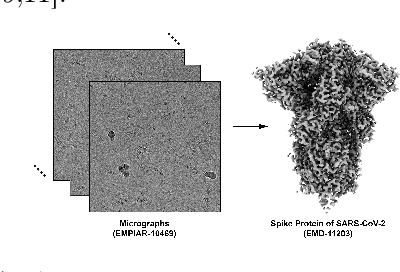
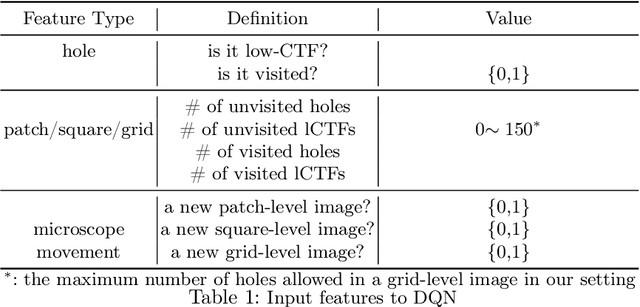
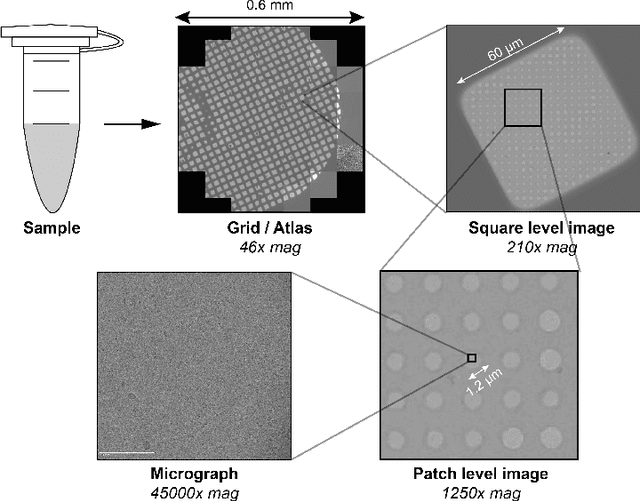
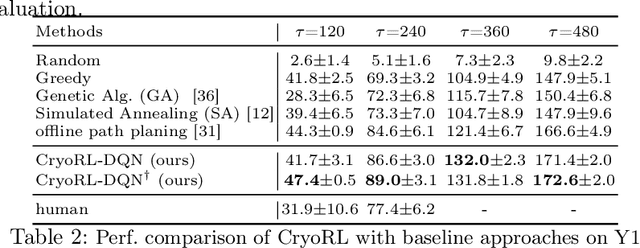
Abstract:Single-particle cryo-electron microscopy (cryo-EM) has become one of the mainstream structural biology techniques because of its ability to determine high-resolution structures of dynamic bio-molecules. However, cryo-EM data acquisition remains expensive and labor-intensive, requiring substantial expertise. Structural biologists need a more efficient and objective method to collect the best data in a limited time frame. We formulate the cryo-EM data collection task as an optimization problem in this work. The goal is to maximize the total number of good images taken within a specified period. We show that reinforcement learning offers an effective way to plan cryo-EM data collection, successfully navigating heterogenous cryo-EM grids. The approach we developed, cryoRL, demonstrates better performance than average users for data collection under similar settings.
Deep Analysis of CNN-based Spatio-temporal Representations for Action Recognition
Oct 23, 2020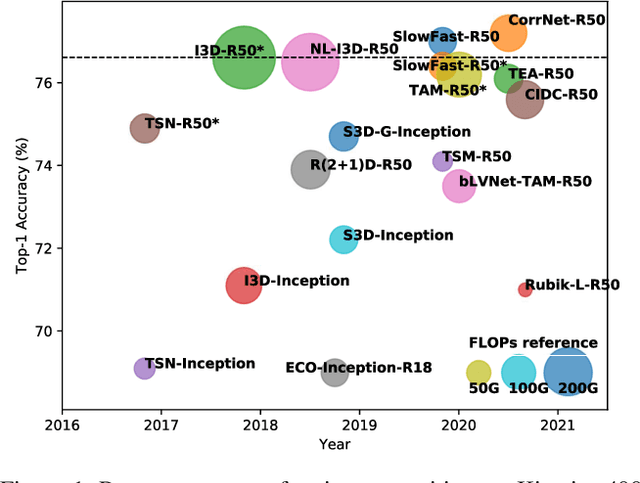

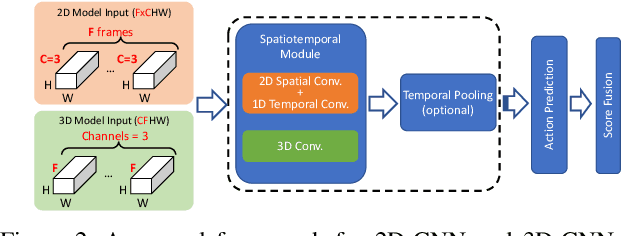
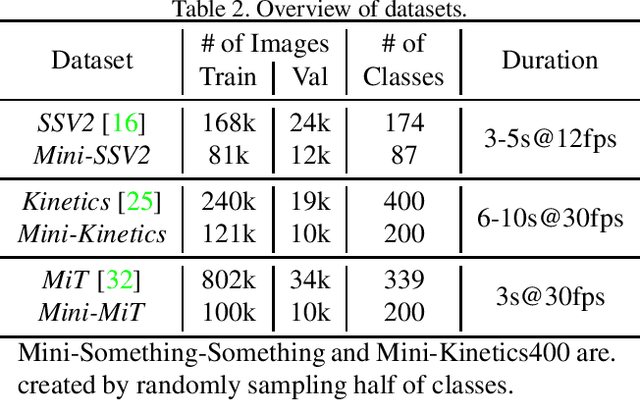
Abstract:In recent years, a number of approaches based on 2D CNNs and 3D CNNs have emerged for video action recognition, achieving state-of-the-art results on several large-scale benchmark datasets. In this paper, we carry out an in-depth comparative analysis to better understand the differences between these approaches and the progress made by them. To this end, we develop a unified framework for both 2D-CNN and 3D-CNN action models, which enables us to remove bells and whistles and provides a common ground for a fair comparison. We then conduct an effort towards a large-scale analysis involving over 300 action recognition models. Our comprehensive analysis reveals that a) a significant leap is made in efficiency for action recognition, but not in accuracy; b) 2D-CNN and 3D-CNN models behave similarly in terms of spatio-temporal representation abilities and transferability. Our analysis also shows that recent action models seem to be able to learn data-dependent temporality flexibly as needed. Our codes and models are available on https://github.com/IBM/action-recognition-pytorch.
MCUNet: Tiny Deep Learning on IoT Devices
Jul 20, 2020



Abstract:Machine learning on tiny IoT devices based on microcontroller units (MCU) is appealing but challenging: the memory of microcontrollers is 2-3 orders of magnitude less even than mobile phones. We propose MCUNet, a framework that jointly designs the efficient neural architecture (TinyNAS) and the lightweight inference engine (TinyEngine), enabling ImageNet-scale inference on microcontrollers. TinyNAS adopts a two-stage neural architecture search approach that first optimizes the search space to fit the resource constraints, then specializes the network architecture in the optimized search space. TinyNAS can automatically handle diverse constraints (i.e. device, latency, energy, memory) under low search costs. TinyNAS is co-designed with TinyEngine, a memory-efficient inference library to expand the design space and fit a larger model. TinyEngine adapts the memory scheduling according to the overall network topology rather than layer-wise optimization, reducing the memory usage by 2.7x, and accelerating the inference by 1.7-3.3x compared to TF-Lite Micro and CMSIS-NN. MCUNet is the first to achieves >70% ImageNet top1 accuracy on an off-the-shelf commercial microcontroller, using 3.6x less SRAM and 6.6x less Flash compared to quantized MobileNetV2 and ResNet-18. On visual&audio wake words tasks, MCUNet achieves state-of-the-art accuracy and runs 2.4-3.4x faster than MobileNetV2 and ProxylessNAS-based solutions with 2.2-2.6x smaller peak SRAM. Our study suggests that the era of always-on tiny machine learning on IoT devices has arrived.
 Add to Chrome
Add to Chrome Add to Firefox
Add to Firefox Add to Edge
Add to Edge